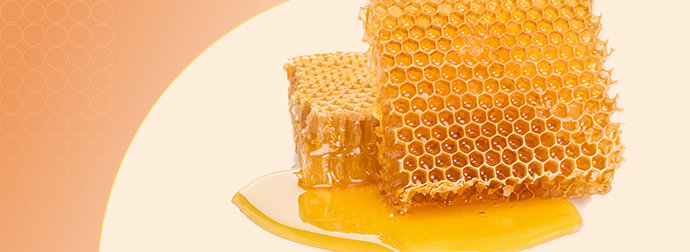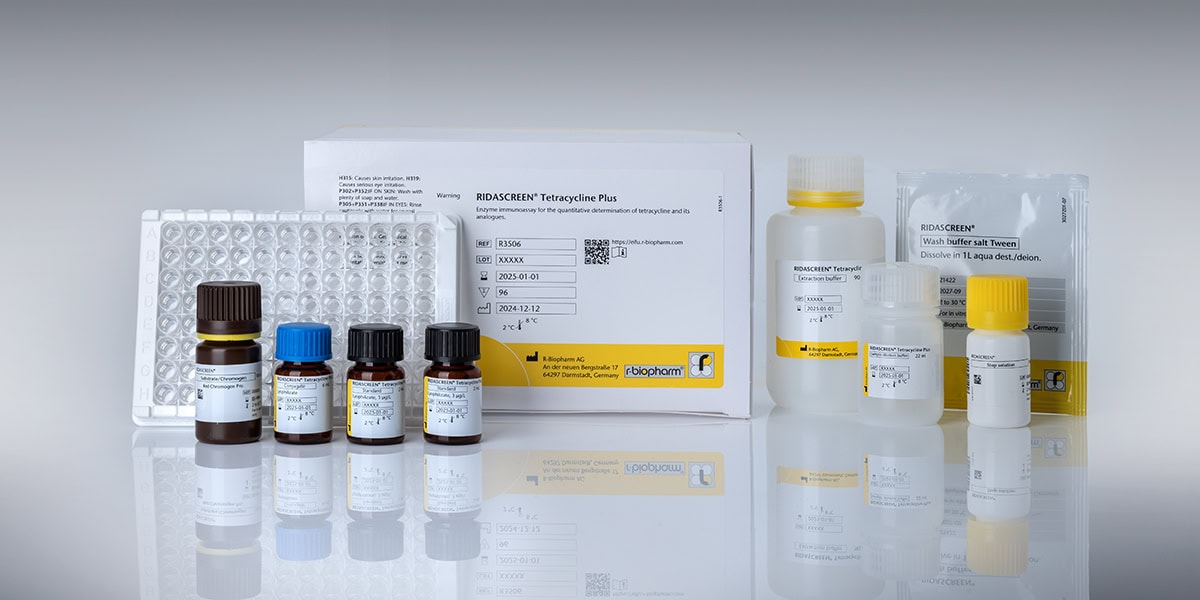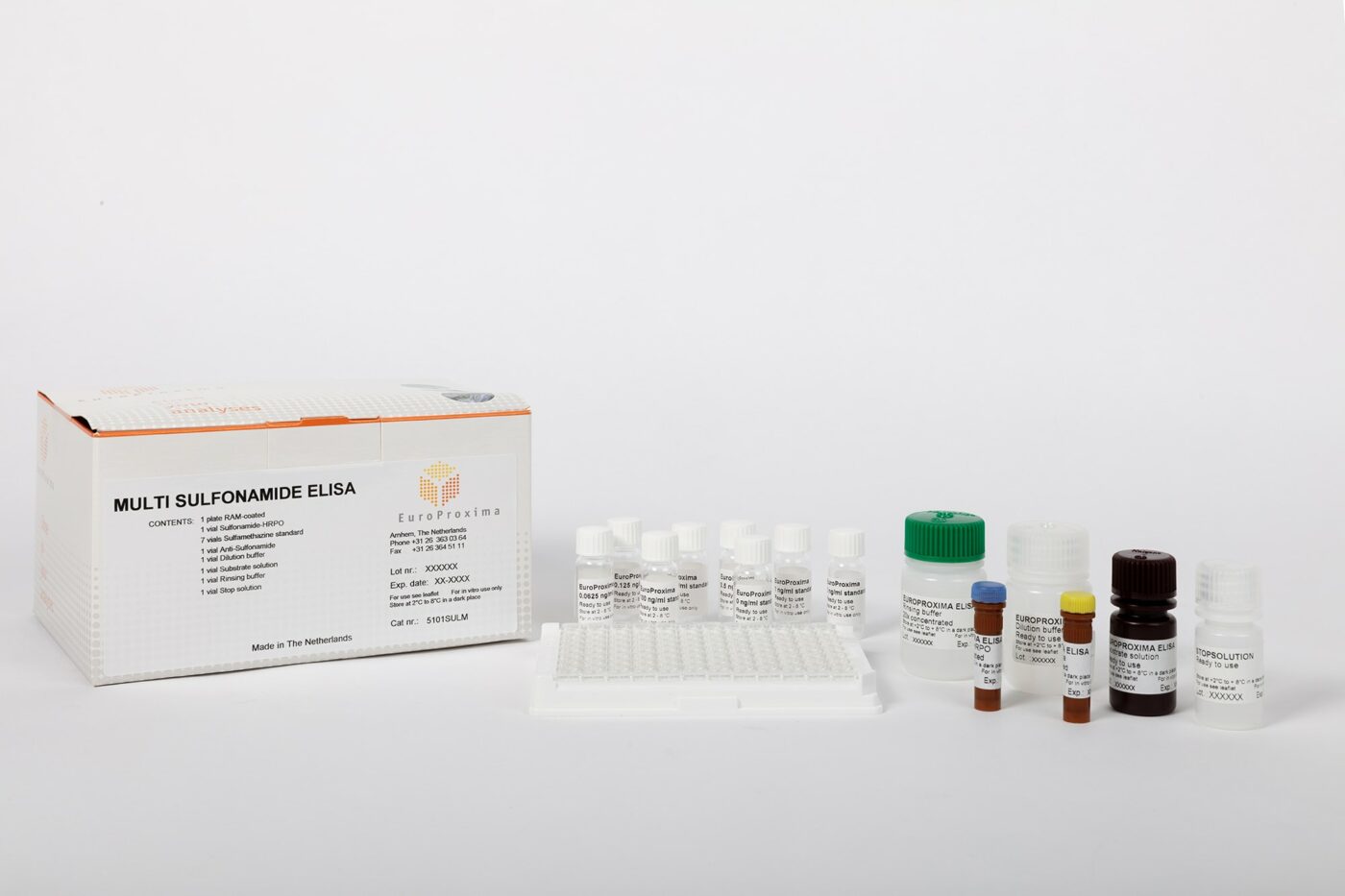
Recent news in Food & Feed Analysis
- Home
- /
- Beeware! There might be...
Beeware! There might be antibiotic residues in your honey

Bees are of great importance for humans: these busy little animals not only produce delicious honey, but also pollinate our crop plants – and thereby ensure our food production. However, even bees can get sick and need to be treated with medication. This is not without consequences.
Honey bee diseases are a major concern not only for beekeepers, but for the entire agriculture. One of the most devastating honey bee diseases is the American foulbrood (AFB), a bacterial infection that attacks the larvae of the bees and decomposes their body structure until only viscous mucus is left. Adult bees are not affected; nevertheless, the rapidly spreading infection often leads to the collapse of the bee colony. To sustainably fight the disease, bees are usually killed and the whole hive is burned. It is also possible to treat the bees with antibiotics. However, this method has two major disadvantages: on the one hand, antibiotics kill bacteria only in their active growth phase while so-called endospores can survive for decades and allow the disease to break out again and again. On the other hand, the treatment of hives with antibiotics can lead to inhibitor residues which have carcinogenic, toxic or allergenic properties and represent a health hazard.
Is the use of antibiotics in beekeeping legal?
In the EU, the treatment of bees with antibiotics is prohibited. „Zero tolerance“ applies to honey – unlike milk or meat, for example, there are no permitted maximum residue limits established for honey. Outside the EU, however, the use of antibiotics in honey production is partly common practice – for example in China or in South America, where a large part of the globally traded honey is produced. In spring, there was an RASFF alert concerning chloramphenicol in honey of Russian origin. The treatment of bees with antibiotics has long been common also in the USA; however, as of January 1, 2017, antibiotics for bees may not be sold over the counter anymore and are only available on prescription.
Every manufacturer who wants to sell his honey on the European market must comply with the strict regulations and ensure that his product is free from antibiotic residues. Yet, testing honey is an analytical challenge: on the one hand, the test system must have an extremely low detection limit. On the other hand, honey is a complex matrix which requires a relatively difficult sample preparation. Moreover, there are several relevant antibiotics which should be tested:
- [mk_highlight text="Quinolones:" text_color="#ffffff" bg_color="#717173" font_family="none"] the antibiotic from the wide quinolones group which is most frequently used in beekeeping is flumequine (second generation quinolone). A screening test which enables highly specific detection of flumequine in honey is 5101FLUM by EuroProxima.
- [mk_highlight text="Tetracyclines:" text_color="#ffffff" bg_color="#717173" font_family="none"] the antibiotic oxytetracycline is used against American foulbrood especially in Canada.
- [mk_highlight text="Chloramphenicol:" text_color="#ffffff" bg_color="#717173" font_family="none"] one of the most sensitive detection methods for this broad-spectrum antibiotic in honey and royal jelly is the ELISA test RIDASCREEN® Chloramphenicol (Art. No. R1511).
- [mk_highlight text="Aminoglycoside:" text_color="#ffffff" bg_color="#717173" font_family="none"] the best known antibiotic from this group is streptomycin. It is the only antibiotic with an established maximum residue level in honey in the EU (due to the permitted application to combat fire blight in orcharding).
- [mk_highlight text="Nitrofurans:" text_color="#ffffff" bg_color="#717173" font_family="none"] this group includes furazolidone, furaltadone, nitrofurazone and nitrofurantoin; they are banned in the EU for beekeeping and also for other applications in food production.



